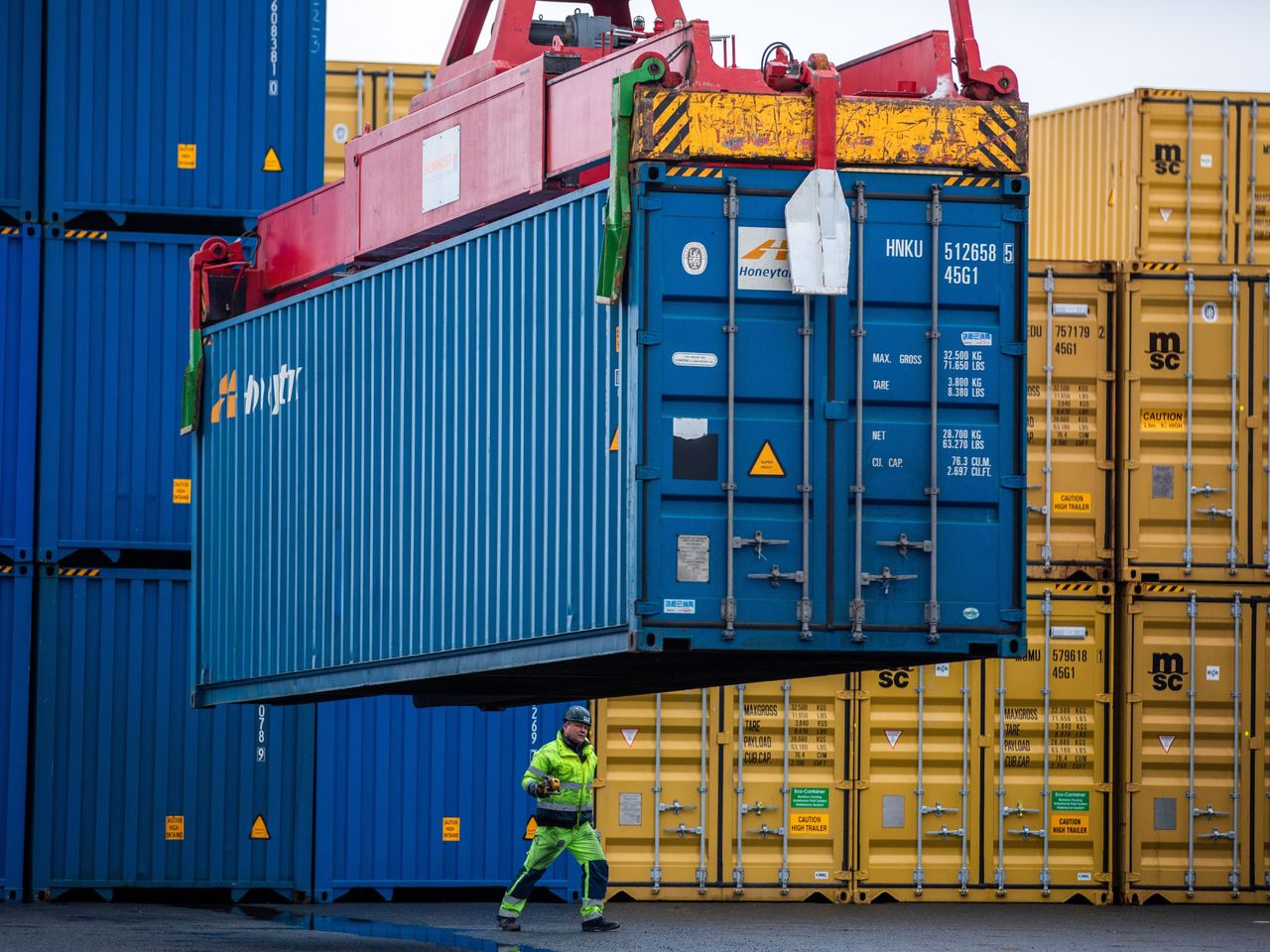Home>Finance>Delivered Ex Ship (DES): Definition, Vs. DAT And DAP


Finance
Delivered Ex Ship (DES): Definition, Vs. DAT And DAP
Published: November 10, 2023
Learn the difference between Delivered Ex Ship (DES) and other shipping terms like DAT and DAP. Gain insights into the financial aspects of these trade terms.
(Many of the links in this article redirect to a specific reviewed product. Your purchase of these products through affiliate links helps to generate commission for LiveWell, at no extra cost. Learn more)
Understanding Delivered Ex Ship (DES) in International Trade
When it comes to international trade and shipping terms, it’s essential to have a clear understanding of the various Incoterms that govern the transaction. One such term that often crops up in international trade discussions is Delivered Ex Ship (DES). In this blog post, we will dive deeper into what DES means, how it differs from other similar terms like DAT and DAP, and the implications of using DES in finance transactions.
Key Takeaways:
- Delivered Ex Ship (DES) is an Incoterm that places the responsibility and risk of the goods on the seller until the goods are unloaded at the named port of destination.
- DES is different from DAT and DAP as it exclusively applies to goods shipped by sea and does not cover land transportation.
The Definition of Delivered Ex Ship (DES)
Delivered Ex Ship (DES) is an international trade term that outlines the seller’s responsibilities and obligations until the goods reach the designated port of destination. Under DES, the seller is responsible for arranging and covering the costs of transportation to the named port, including loading the goods onto the vessel. The seller is also responsible for any risks associated with the goods until they are unloaded at the designated port.
Unlike other terms such as Delivered at Terminal (DAT) and Delivered at Place (DAP), DES is specific to maritime transport only. Once the goods have been unloaded from the ship, the responsibility and risk shift to the buyer. This means that the buyer is responsible for arranging onward transportation, customs clearance, and any subsequent costs or risks associated with the goods.
How Does DES Differ from DAT and DAP?
While DES, DAT, and DAP may seem similar at first glance, there are key differences that all parties involved in international trade transactions must understand. Here’s a breakdown of how DES differs from DAT and DAP:
Delivered Ex Ship (DES):
- Applies to maritime transport only
- Seller is responsible for the goods until they are unloaded at the named port of destination
- Buyer takes responsibility for onward transportation, customs clearance, and any subsequent costs or risks
Delivered at Terminal (DAT):
- Covers all modes of transportation, including sea, air, rail, and road
- Seller bears responsibility until the goods are unloaded at the designated terminal, which could be a port, airport, or railway station
- Buyer assumes responsibility for onward transportation, customs clearance, and any subsequent costs or risks
Delivered at Place (DAP):
- Similar to DAT, it covers all modes of transportation
- However, under DAP, the seller’s obligation extends beyond unloading at the designated place of destination
- The seller is responsible for delivering the goods to the buyer’s specified location, which could be a warehouse, factory, or any other agreed-upon location
Understanding these distinctions between DES, DAT, and DAP is crucial for both buyers and sellers in international trade, as it determines each party’s responsibilities, costs, and risks throughout the transportation process.
Implications of Using DES in Finance Transactions
In finance transactions involving DES, it’s important to consider the implications that this shipping term can have. Here are a few key points to keep in mind:
- Insurance: As the seller is responsible for the goods until they are unloaded at the port of destination, it is crucial to have appropriate insurance coverage to safeguard against any potential damages or losses during transit.
- Payment Terms: The choice of shipping term, whether it is DES, DAT, or DAP, can directly impact the payment terms negotiated between the buyer and the seller. Understanding the associated costs and risks can help in determining fair and mutually beneficial payment arrangements.
- Legal Considerations: When using DES, it is vital for both parties to clearly define their obligations and liabilities in a written contract. It is recommended to seek legal advice and consult the appropriate international trade regulations to ensure compliance and minimize potential disputes.
By understanding the nuances of different shipping terms like DES, DAT, and DAP, businesses engaged in international trade can make informed decisions, mitigate risks, and ensure smooth transactions. Whether you are a buyer or a seller, it is crucial to consult with experts and leverage the appropriate resources to navigate the complexities of international trade successfully.
Remember, having a clear understanding of shipping terms and their implications is the first step in establishing mutually beneficial trade relationships that can drive business growth and profitability.














